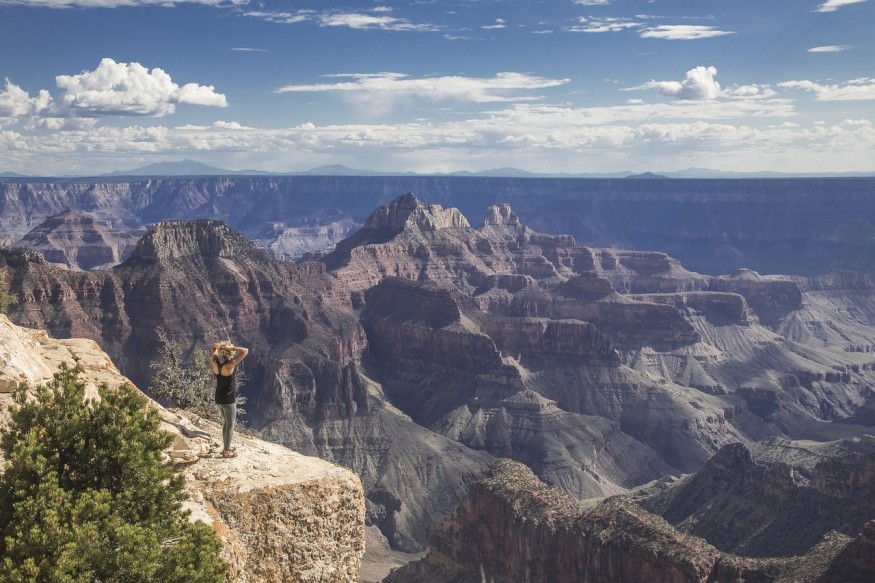Grand Canyon visitors are at risk of heat-related illnesses in the future amid the threat posed by extreme heat fueled by climate change. This is according to a new study by the United States National Park Service (NPS), which warned that millions of people who visit the Grand Canyon National Park each year could be exposed to heat stroke and other health hazards associated with scorching temperatures.
Researchers involved in the study arrived at their conclusion based on data that they collected more than a decade ago. This led to predict that such a scenario may occur in the coming decades until the year 2100. The NPS research team also acknowledged the contribution of greenhouse gases, notably carbon dioxide, to the warming of the massive U.S. valley that encompasses Arizona and other states.
The study was revealed as the Continental U.S., especially the Southwest, has experienced persistent heatwaves that affected millions of Americans. The extreme heat is also the same for other parts of the Northern Hemisphere, including Europe and China. In recent years, scientists have linked the heat dome with some reported deaths in multiple countries.
Grand Canyon Extreme Heat

Based on the study published in the journal PLOS ONE on Wednesday, August 9, the NPS researcher team made clear that the current climate emergency is "the greatest public health threat" of our century. The research team highlighted excessive heat is attributed for more deaths compared with any other extreme weather events.
Climate change can increase the frequency, duration, and intensity of these events, according to the team, which asserted that exposure to excessive heat can lead to long-term poor health conditions and heat-related illnesses. Although anthropogenic global warming is felt worldwide, the study's authors chose the Grand Canyon National Park as a site of their research.
Heat-Related Illnesses
The study says heat-related illnesses include not only heat stroke but also heat cramps, heat exhaustion, and among others. These hazards can lead to hospitalization and even death.
The Centers for Disease Control and Prevention (CDC) says some of the symptoms of a heat-related illness are: high body temperature, headache, dizziness, fainting, sunburn, and even heat rash.
The NPS team used data relating to humidity, heat-related illness, temperature, and visitation at the Grand Canyon from 2004 to 2009. Then, they used existing climate models to predict the rate at the risk could change in the future under two scenarios: moderate and high levels of global warming pollution, as cited by CNN.
Based on the results, the said U.S. government agency found the rate of heat-related illnesses per 100,000 visitors increased in both scenarios. Specifically, it will increase by up to 137% by the end of the 21st century. In fact, fatalities have started already in potentially relation to the Grand Canyon's extreme heat.
Experts and authorities in the field have suspected heat to be responsible for killing 16 people at the Grand Canyon National Park since 2007, as cited by the U.S. media outlet.
Related Article: Climate Change: Extreme Heat Increases Mental Health Issues
© 2025 NatureWorldNews.com All rights reserved. Do not reproduce without permission.





